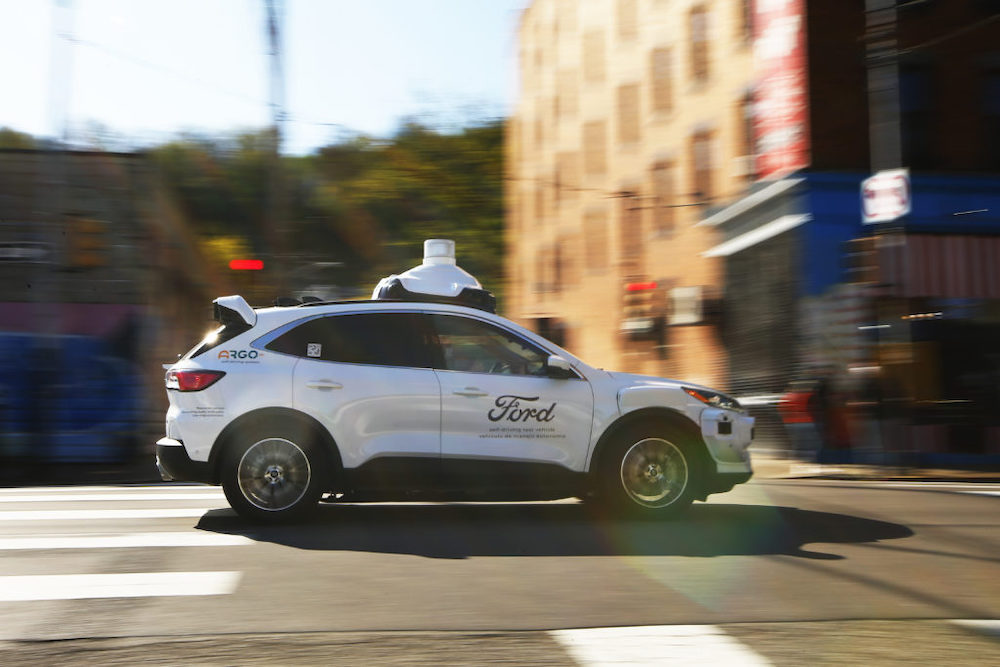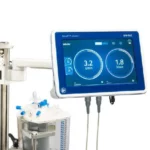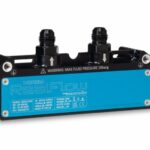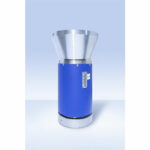
Argo AI has developed a new breakthrough light detection and ranging (LiDAR) technology that could help overcome difficulties in autonomous delivery and ride-hail services.
By detecting difficult-to-see objects from farther away and with more precision, the Argo Self-Driving System (SDS) is capable of 360-degree awareness day or night and can safely drive on busy city streets, suburban neighborhoods, and at highway speeds.
This breakthrough in autonomous vehicle technology was enabled by Argo’s acquisition of Princeton Lightwave in 2017, a company that began developing an innovative form of long-range Geiger-mode LiDAR. The result is a sensor with a sensing range capability of 400 meters, with dark-object detection for safe highway driving. Argo LiDAR also offers ultra-high resolution perception, providing the photorealistic imaging required to identify small objects for safe operation on complex city streets.
Safe operations in cities, suburbs, and on highways enables connections from warehouses to urban and suburban routes for middle- and last-mile delivery, or service to the most in-demand ride-hailing routes to and from airports.
“Argo LiDAR takes us to a whole new level of self-driving technology, unlocking our ability to power both delivery and ride-hail services,” said Bryan Salesky, founder and CEO of Argo AI. “The Argo Self-Driving System delivers the safety, scale and service experience that businesses want and their customers demand, especially coming out of the pandemic.”
Argo LiDAR is designed to handle complex aspects of human driving, such as seeing dark-painted vehicles – those that reflect less than 1% of light – even at long range and at night. The system can also safely navigate left-hand turns onto roads with oncoming high-speed traffic by utilizing a 360-degree field of view. It can manage instant transitions from darkness to bright light, such as when entering and leaving a tunnel, and can distinguish small, moving objects such as animals from static objects such as vegetation.
The innovation behind Argo LiDAR is known as ‘Geiger-mode’ sensing. Argo AI’s proprietary Geiger-mode LiDAR has the ability to detect the smallest particle of light — a single photon. This, combined with higher-wavelength operation above 1400 nanometers, gives Argo LiDAR its unique capabilities all from a single sensor.
Through collaboration with automotive partners Ford Motor Company and Volkswagen Group in the technology integration and development of high-quality, commercial-grade self-driving vehicles, Argo believes it can meet the durability requirements for maximizing commercial fleet uptime and improving operations and customer satisfaction.
Scaled operations are based on extensive testing and development in six U.S. cities with additional cities coming online this year, as well as expansion into Europe. The first batch of Argo LiDAR sensors is already supporting on-road testing of Argo’s self-driving test vehicle fleet.






